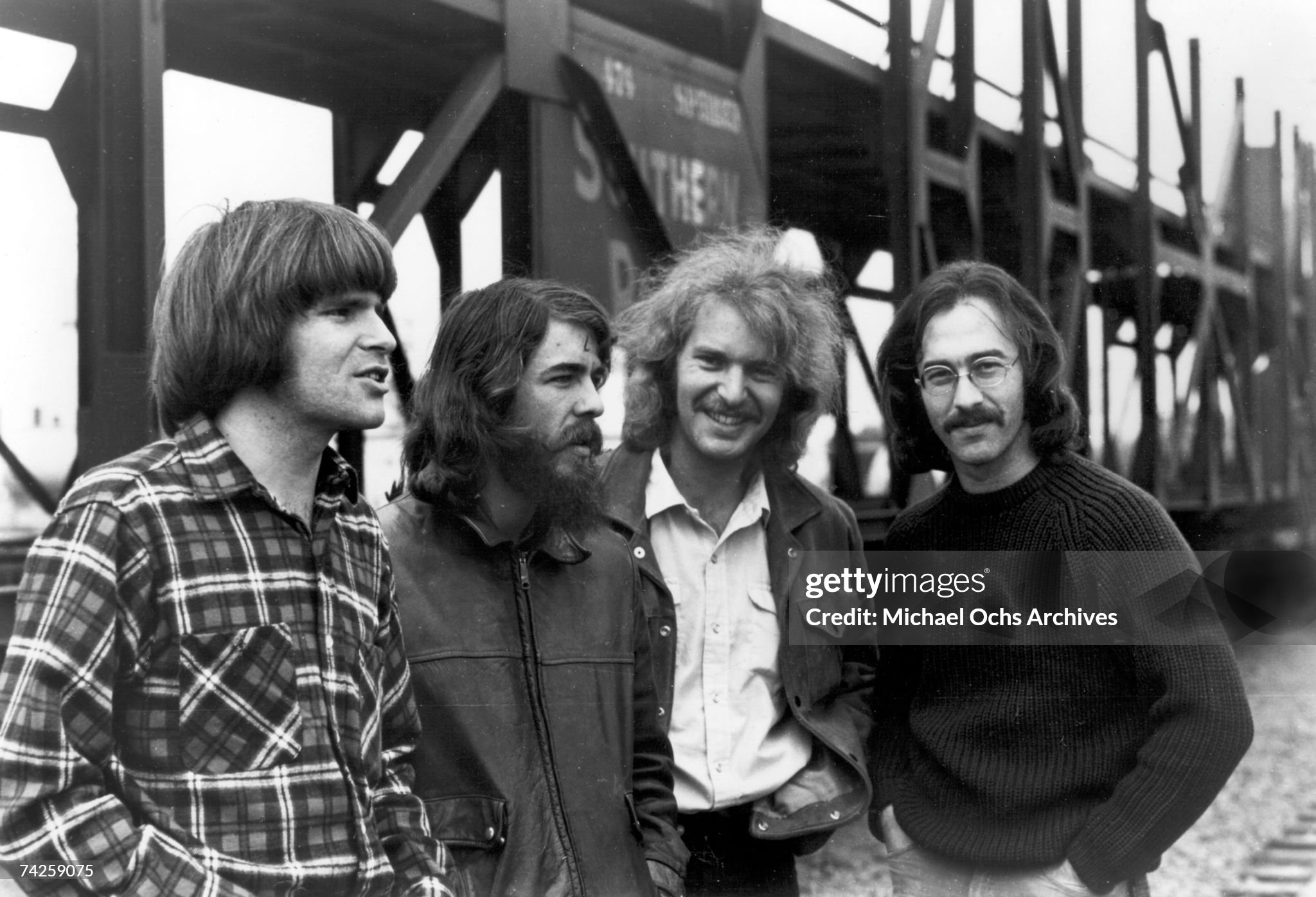
The River Rolls On: A Working Man’s Dream Beneath the Glow of Woodstock’s Distant Fires
When Creedence Clearwater Revival took the stage in the early hours after midnight at the Woodstock Music & Art Fair in August 1969, the air was thick with exhaustion and damp from a relentless summer storm. Yet, when the opening chords of “Proud Mary” rang out, fatigue dissolved into fervor. Originally released earlier that same year on their breakthrough album Bayou Country, the studio version had already solidified its place in American rock lore—climbing to No. 2 on the Billboard Hot 100 and marking CCR’s ascension from a hardworking California bar band to national icons of swamp rock authenticity. But in this live performance, captured amid the mud, mist, and myth of Woodstock, the song transcended its chart position; it became a kind of anthem for endurance, a hymn for those who knew toil but still dared to dream of rolling on toward something freer.
The story behind “Proud Mary” is inseparable from John Fogerty’s own vision of the working-class American spirit. Written shortly after he was discharged from active military duty, Fogerty crafted a narrative that bridges two archetypes: the laborer chained to routine and the drifter liberated by motion. In its deceptively simple structure—three verses and an irresistible chorus—lies a meditation on escape and transformation. “Mary,” in Fogerty’s imagination, was not a woman but a riverboat, an emblem of movement and renewal. The Mississippi becomes both physical landscape and metaphorical current—carrying away the burdens of industrial monotony toward some imagined delta where work and freedom find their uneasy truce.
At Woodstock, that theme ripened into something visceral. CCR’s set came before dawn to an audience half-asleep yet spiritually alight; the roar that greeted “Proud Mary” felt less like applause than collective recognition. The band’s sound—Fogerty’s searing guitar tone, Stu Cook’s anchoring bass, Doug Clifford’s pounding drums, and Tom Fogerty’s steady rhythm—cut clean through the haze. It was American music stripped to its elemental truth: blues-born, gospel-stirred, and sweat-soaked. There was no psychedelic haze here, no indulgent improvisation; just tight musicianship serving a song about persistence, dignity, and release.
What endures about this performance is not merely its technical precision but its emotional clarity. In 1969—a year teetering between disillusionment and hope—“Proud Mary” sounded like both deliverance and defiance. It was blue-collar transcendence rendered electric: proof that even as wars raged abroad and divisions deepened at home, there remained a river within reach for anyone willing to push off from shore. More than fifty years later, when we revisit that live recording, we hear not just a band at its peak but America itself in midstream—rolling, ever rolling, searching for grace in motion.